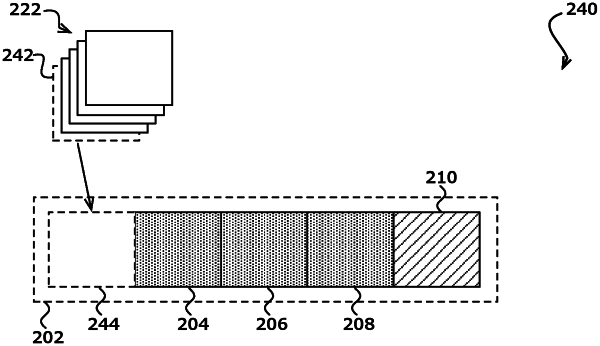| CPC G06Q 30/016 (2013.01) [G06N 20/00 (2019.01); G06Q 30/0281 (2013.01)] | 17 Claims |

|
1. A computing system, comprising:
at least one processor; and
memory including instructions that, when executed by the at least one processor, enables the computing system to:
obtain training data that includes times and text of messages exchanged between customers and customer support agents for a plurality of customer support sessions;
train a prediction model on the training data, the prediction model configured to process customer support session data between the customers and the customer support agents to compute a next message prediction for each of the plurality of customer support sessions, the next message prediction specifying a start time and an end time for receiving a message, wherein the next message prediction is associated with a confidence score quantifying a probability of receiving the message from a customer within the start time and the end time;
establish a customer support session between a first customer and a customer support agent in response to a customer support request by the first customer, the customer support agent being associated with a work queue that comprises a number of slots, wherein the number of slots is associated with a first limit specifying a maximum number of simultaneous customer support requests that can be handled by the customer support agent, individual slots capable of being associated with a customer support request;
determine that a number of customer support requests associated with the work queue has reached the maximum number of simultaneous customer support requests associated with the customer support agent, wherein the maximum number is associated with the first limit of slots in the work queue;
obtain, during the customer support session, customer support session data, the customer support session data including times and text of messages exchanged between the first customer and the customer support agent;
process the customer support session data with the prediction model to determine a next message prediction for the customer support session, the next message prediction specifying a start time and an end time for receiving a next message from the first customer and being associated with a confidence score for receiving the next message from the first customer within the start time and the end time;
determine, in response to the first limit being reached and based on the start time, the end time, and the confidence score, that the work queue comprises slack capacity, wherein the slack capacity indicates additional availability for a type of customer support request when the first limit is reached;
update the first limit of the number of slots in the work queue to a second limit based on the slack capacity;
identify an additional customer support request from a plurality of customer support requests that is associated with the type of customer support request; and
assign the additional customer support request from a second customer to the customer support agent during a time when the first limit is reached, based at least in part on the second limit and the type of customer support request, and the start and the end time.
|